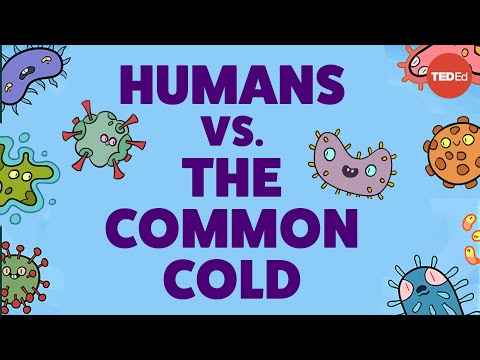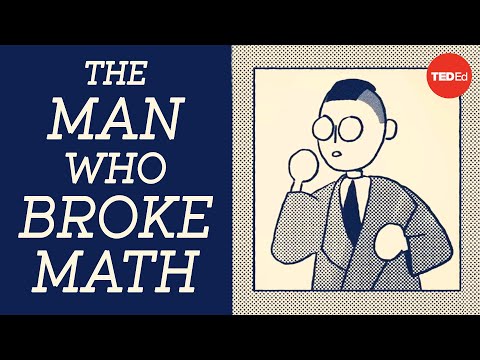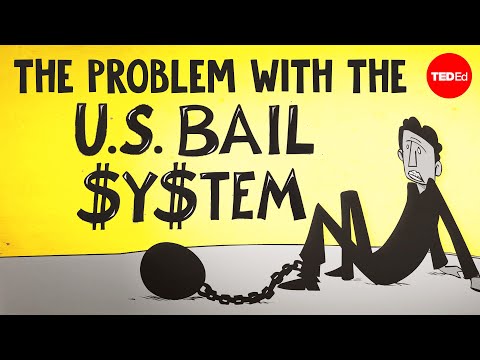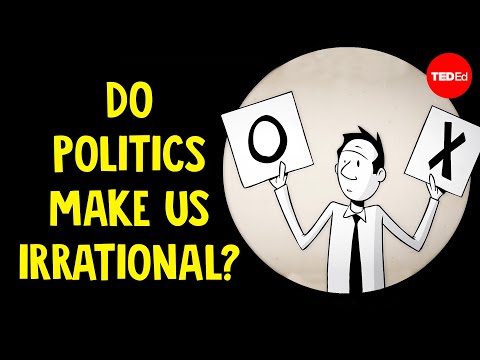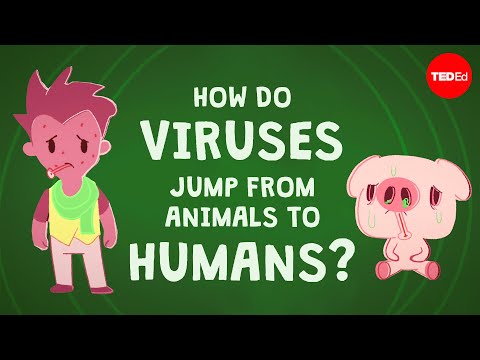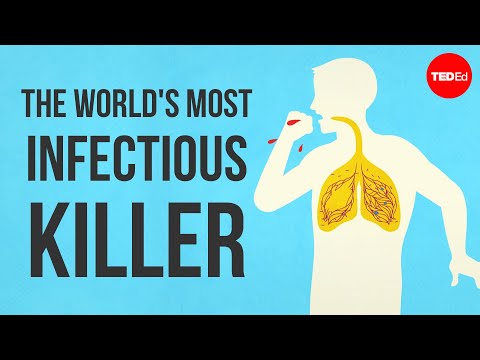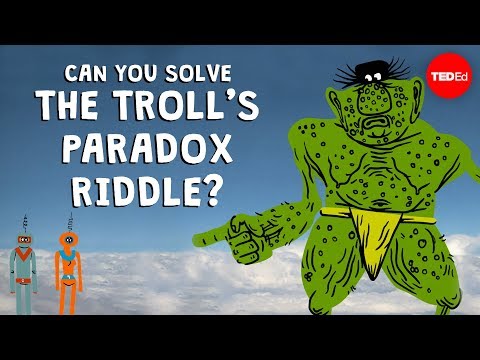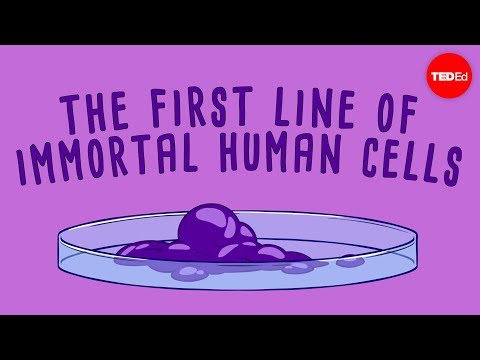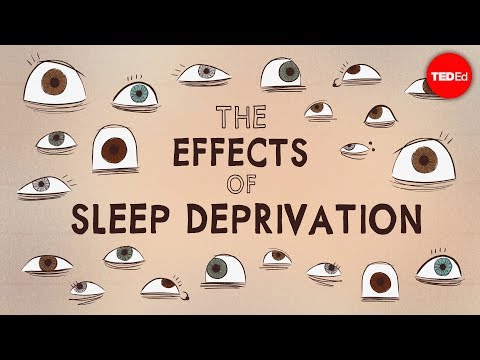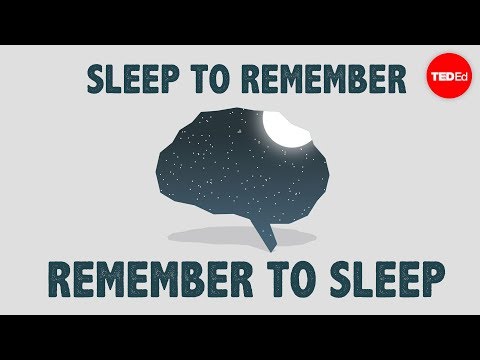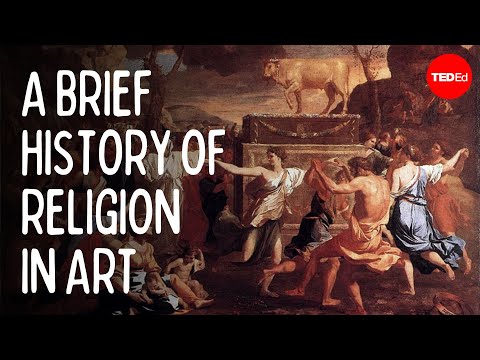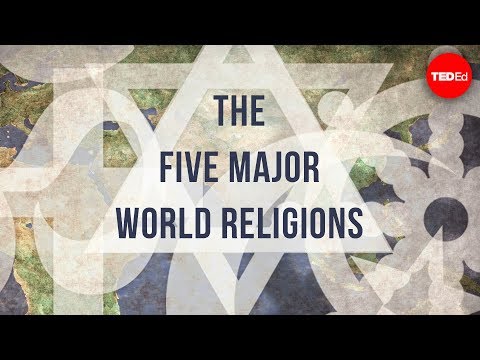969K views 10 months ago
462K views 11 months ago
1.2M views 1 year ago
643K views 1 year ago
650K views 1 year ago
2.2M views 1 year ago
3.5M views 2 years ago
570K views 2 years ago
1.4M views 2 years ago
2.2M views 2 years ago
8.3M views 2 years ago
602K views 2 years ago
1 views
2 years ago
1.1M views 3 years ago
2.3M views 4 years ago
1 views
4 years ago
1 views
5 years ago
1 views
6 years ago
1 views
6 years ago
5.9M views 8 years ago
1.8M views 9 years ago
1 views
9 years ago
1 views
9 years ago
1 views
1 decade ago
1 views
1 decade ago
1 views
1 decade ago
4.7M views 11 years ago












